Home>Garden Essentials>How To Clean Fake Grass In Areas With Freezing Winters
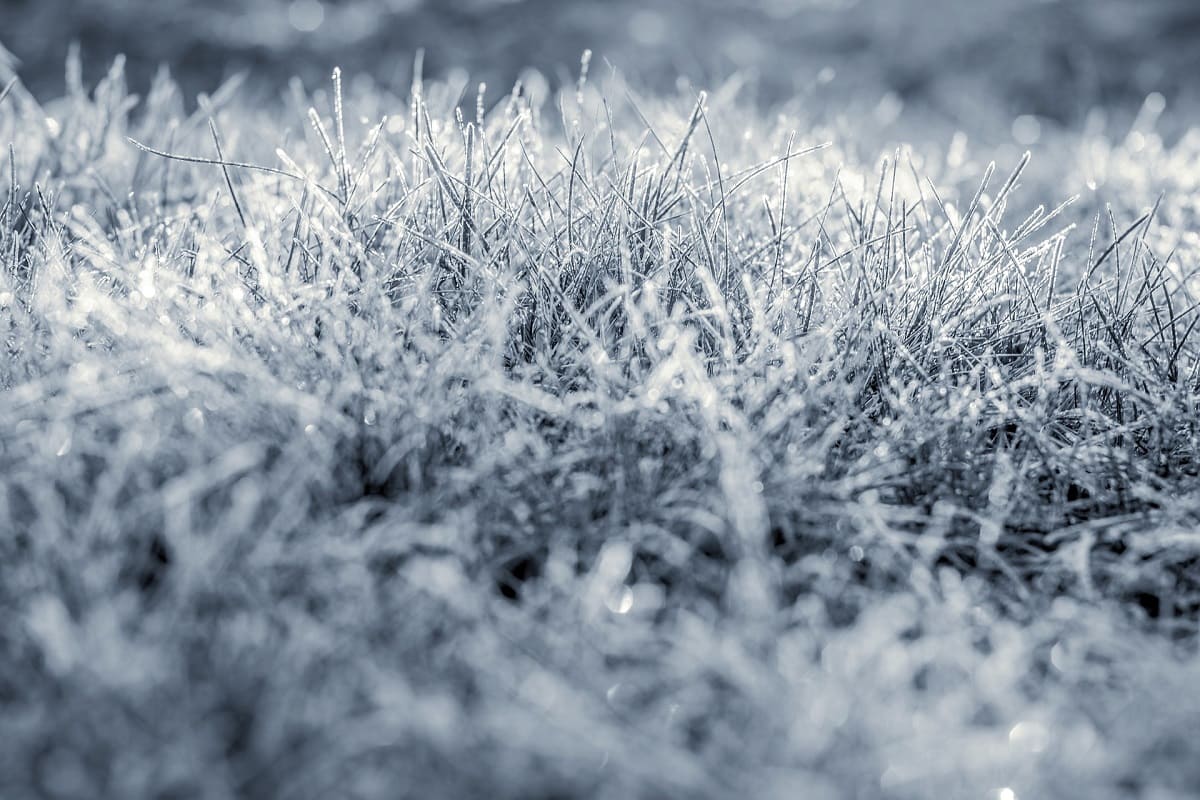

Garden Essentials
How To Clean Fake Grass In Areas With Freezing Winters
Modified: March 24, 2024
Learn how to clean and maintain your garden's fake grass in freezing winter conditions. Keep your garden looking beautiful all year round.
(Many of the links in this article redirect to a specific reviewed product. Your purchase of these products through affiliate links helps to generate commission for Storables.com, at no extra cost. Learn more)
Introduction
With its lush green appearance and low maintenance requirements, fake grass has become a popular choice for homeowners who want a beautiful and hassle-free lawn. However, for those living in areas with freezing winters, cleaning and maintaining fake grass can pose unique challenges. The accumulation of snow, ice, and cold temperatures can cause damage to the artificial turf if not properly cared for.
In this article, we will explore the essential steps and techniques for cleaning fake grass in areas with freezing winters. From preparing for winter to snow removal and dealing with ice, we will provide you with the knowledge and guidance to ensure your fake grass stays in optimal condition throughout the winter months.
Key Takeaways:
- Properly preparing and cleaning fake grass before freezing winters can prevent damage from snow and ice, ensuring a beautiful and resilient lawn all year round.
- Using gentle snow removal and ice management techniques, along with regular maintenance, can protect fake grass from winter damage and maintain its aesthetic appeal.
Read more: How To Clean Fake Greenery
Understanding the Challenges of Cleaning Fake Grass in Freezing Winters
Cleaning fake grass during freezing winters requires a thorough understanding of the challenges that arise in such conditions. The cold temperatures, ice accumulation, and freezing of moisture can all impact the quality and appearance of the artificial turf if not properly addressed.
One of the main challenges in freezing winters is the accumulation of snow. When snow covers the fake grass, it can compress the fibers and create a heavy load on the turf. This can result in the turf losing its bounce and becoming flat. Additionally, as the snow melts and refreezes, it can form ice on the surface of the fake grass, making it slippery and potentially hazardous.
Another challenge is the freezing of moisture. If there is any moisture on the fake grass before the temperatures drop, it can freeze and create ice patches. These ice patches not only affect the appearance of the turf but also pose a safety risk, as they can be slippery and cause accidents.
Furthermore, the cold temperatures themselves can affect the flexibility and durability of the fake grass. Extreme cold can make the grass fibers more brittle, increasing the risk of breakage or damage when subjected to heavy loads, such as from snow or ice removal equipment.
Understanding these challenges is crucial in order to develop a proper cleaning and maintenance routine for fake grass in areas with freezing winters. By taking the necessary precautions and implementing the right techniques, you can ensure that your fake grass remains in good condition and retains its aesthetic appeal throughout the winter season.
Preparing for Winter: Essential Steps
Before the freezing winter sets in, it’s important to take the necessary steps to prepare your fake grass for the harsh conditions. By doing so, you can minimize potential damage and make the cleaning process easier during the winter months. Here are some essential steps to follow:
- Clear debris: Start by removing any leaves, twigs, or other debris from the fake grass. This can prevent them from getting trapped under the snow or ice, which can lead to discoloration or even mold growth.
- Trim surrounding vegetation: Trim any nearby trees or shrubs that could potentially shed leaves or branches onto the fake grass. This will reduce the amount of debris that accumulates on the turf during winter.
- Apply a winterizing agent: Consider applying a winterizing agent or protective coating specifically designed for fake grass. This can help enhance the turf’s durability and resilience against freezing temperatures and moisture.
- Check drainage system: Ensure that the drainage system of your fake grass is clear and functioning properly. This will help prevent the buildup of excess water, which can freeze and create ice patches on the turf.
- Reinforce edges and seams: Inspect the edges and seams of the fake grass. If you notice any loose or frayed areas, make repairs or reinforce them to prevent further damage during winter.
By following these essential steps, you can proactively protect your fake grass and prolong its lifespan. Proper preparation is key to maintaining the integrity and appearance of your artificial turf throughout the freezing winter months.
Cleaning Fake Grass before Freezing Winter Sets In
Cleaning your fake grass before the freezing winter arrives is essential to ensure that it remains in good condition throughout the season. By removing debris, dirt, and leaves from the turf, you can prevent discoloration, mold growth, and other potential issues. Here are some steps to follow when cleaning your fake grass before winter:
- Remove debris: Start by removing any debris, such as leaves, twigs, and branches, from the surface of the fake grass. You can use a leaf blower or a stiff broom to sweep away the debris gently.
- Sweep or rake: Use a brush, rake, or a synthetic turf grooming tool to lift the grass fibers and remove any dirt or dust that may have settled. This process helps in rejuvenating the appearance of the turf and maintaining its natural look.
- Inspect for stains: Check for any stains or spills on the fake grass. Use a mild detergent mixed with water to gently scrub away any stubborn stains. Avoid using harsh chemicals or abrasive cleaners that can damage the synthetic fibers.
- Rinse with water: Once you have removed debris and cleaned any stains, rinse the fake grass with water. It helps to remove any remaining dirt and detergent residue.
- Allow to dry: After rinsing, allow the fake grass to air dry completely before the freezing temperatures set in. Avoid walking or placing heavy objects on the wet turf to prevent flattening of the fibers.
Regularly cleaning your fake grass before the freezing winter sets in not only improves its visual appeal but also helps in preventing potential issues. By following these steps, you can ensure that your artificial turf is ready to withstand the challenges of the upcoming winter season.
To clean fake grass in areas with freezing winters, use a plastic snow shovel to remove snow and ice. Then, use a mixture of warm water and mild soap to clean the grass, and rinse with a hose. Avoid using salt or harsh chemicals to prevent damage.
Snow Removal Techniques for Fake Grass
When winter arrives, the accumulation of snow on fake grass can pose challenges and require proper snow removal techniques. Clearing the snow from the artificial turf is important to prevent damage and maintain its appearance. Here are some effective techniques for snow removal on fake grass:
- Shoveling: Use a plastic shovel or snow pusher with a rubber or plastic blade to gently remove the snow from the surface of the fake grass. Avoid using metal shovels or tools with sharp edges, as they can damage the synthetic fibers.
- Brooming: If the snow is light and powdery, you can use a broom with soft bristles to brush off the snow. Start from one end and work your way across the lawn in a sweeping motion.
- Blowing: A snowblower can be used on a low setting to blow away the snow from the fake grass. Always keep the snowblower at a safe distance to prevent any damage to the turf.
- Melting agents: Consider using a snow melting agent designed for use on synthetic turf. These agents can help melt the snow without causing any harm to the grass. However, use them sparingly and follow the manufacturer’s instructions.
It is important to note that excessive weight from snow removal equipment or improper techniques can cause damage to the fake grass. Always handle the snow removal process with care, making sure not to put too much pressure on the turf or create divots.
Additionally, avoid using salt or ice melt products on the fake grass, as they can cause discoloration and damage the synthetic fibers. If ice patches form, consider using a plastic ice scraper or a rubber-tipped shovel to gently remove the ice without damaging the turf.
By employing these snow removal techniques, you can effectively clear the snow from your artificial lawn without compromising its integrity and appearance.
Read more: How To Clean Fake Turf In The Backyard
Dealing with Ice on Fake Grass
Dealing with ice on fake grass is crucial to ensure the safety of those using the area and maintain the integrity of the synthetic turf. Here are some effective techniques for dealing with ice on fake grass:
- Ice melting agents: There are ice melting agents specifically formulated for use on synthetic turf. These products are designed to melt ice without causing damage to the grass. Follow the manufacturer’s instructions and apply the ice melting agent sparingly to prevent any potential harm to the turf.
- Hot water: Pouring hot water over small areas of ice can help melt it quickly. However, avoid using boiling water, as it can harm the synthetic fibers. Use warm water instead and be cautious while handling hot liquids.
- Ice scraping: For thin layers of ice, you can gently scrape it off using a plastic ice scraper or a rubber-tipped shovel. Be careful not to apply excessive force or use metal tools, as they can damage the grass.
- Prevention: It is always better to prevent the formation of ice on fake grass. Apply a thin layer of sand or a mixture of sand and rock salt on the turf to create traction and prevent ice formation. However, be mindful that excessive use of rock salt can lead to discoloration of the grass.
Remember, safety should always be a priority when dealing with ice on fake grass. Ensure that the area is properly cleared and free from slippery surfaces before allowing anyone to walk or play on the turf.
It’s important to keep in mind that excessive use of ice melting agents or improper techniques can damage the synthetic fibers of the fake grass. Always follow the recommended guidelines and instructions from the manufacturer to protect the integrity and longevity of your artificial turf.
Preventing Damage to Fake Grass during Winter
Preventing damage to your fake grass during winter requires proactive measures and proper care. By taking the following steps, you can protect the integrity and longevity of your artificial turf:
- Keep the turf clean: Regularly remove debris, leaves, and snow from the fake grass to prevent them from accumulating and causing discoloration or mold growth.
- Minimize foot traffic: During the winter months, try to limit foot traffic on the fake grass. Heavy usage can compress the fibers and potentially damage the turf, especially when it’s frozen or covered with snow.
- Avoid sharp objects: Be cautious and avoid placing sharp objects on the fake grass, as they can puncture or tear the synthetic fibers.
- Proper drainage: Ensure that the drainage system of your fake grass is functioning optimally. Excess water, ice, or snow accumulation can lead to damage, so it’s important to monitor and address any drainage issues promptly.
- Regular maintenance: Even in winter, regular maintenance is important for fake grass. Gently brush or rake the fibers to prevent matting or flattening caused by snow or ice.
- Professional inspection and repair: Schedule a professional inspection of your fake grass before and after winter to identify any potential damage or issues. Addressing these problems early on can prevent further damage and extend the lifespan of your artificial turf.
Additionally, it’s important to follow the manufacturer’s guidelines for care and maintenance of your specific fake grass product. They may provide specific instructions or recommendations to ensure its longevity and durability during the winter season.
By implementing these preventive measures and maintaining regular care, you can protect your fake grass from potential damage and enjoy a beautiful, resilient lawn all year round.
Conclusion
Cleaning and maintaining fake grass in areas with freezing winters requires special attention and proactive efforts. By understanding the unique challenges and taking the necessary steps, you can ensure that your artificial turf remains in optimal condition throughout the winter season.
Preparing your fake grass for winter by clearing debris, trimming vegetation, and applying a winterizing agent sets a solid foundation for the upcoming months. Regular cleaning before winter arrives helps to remove debris, stains, and dirt, keeping the turf fresh and vibrant.
When it comes to snow removal, using the right techniques such as shoveling, brooming, or blowing snow, and avoiding harsh tools or chemicals is crucial to prevent damage to the synthetic fibers. Dealing with ice requires a gentle approach, using ice melting agents, hot water, and ice scraping, while also focusing on prevention to minimize ice formation.
Finally, preventing damage during winter involves proper care, regular maintenance, and avoiding sharp objects or excessive foot traffic. By following these guidelines and seeking professional inspection and repair when needed, you can ensure the longevity and beauty of your fake grass year after year.
In conclusion, with proper cleaning techniques, regular maintenance, and preventive measures, fake grass can withstand the freezing winters and provide a lush and vibrant lawn all year round. So, embrace the beauty and convenience of fake grass, even in the coldest of winters, and enjoy a pristine and worry-free outdoor space.
Frequently Asked Questions about How To Clean Fake Grass In Areas With Freezing Winters
Was this page helpful?
At Storables.com, we guarantee accurate and reliable information. Our content, validated by Expert Board Contributors, is crafted following stringent Editorial Policies. We're committed to providing you with well-researched, expert-backed insights for all your informational needs.
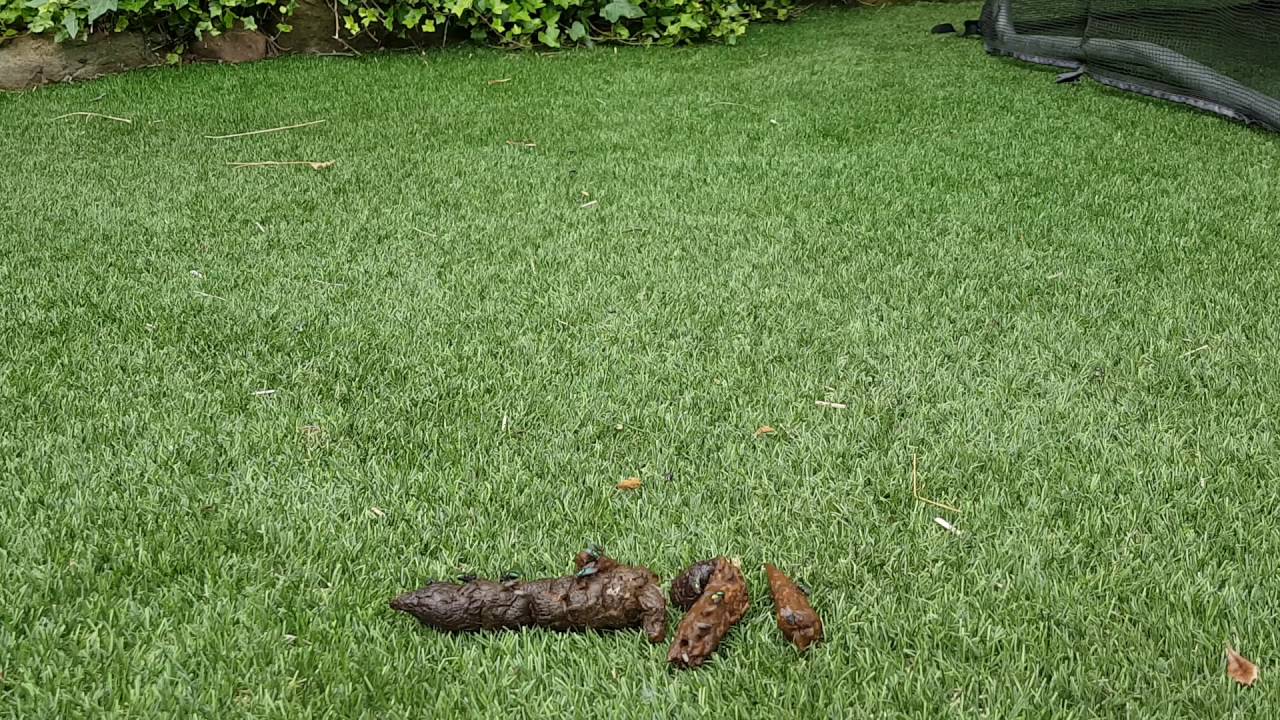
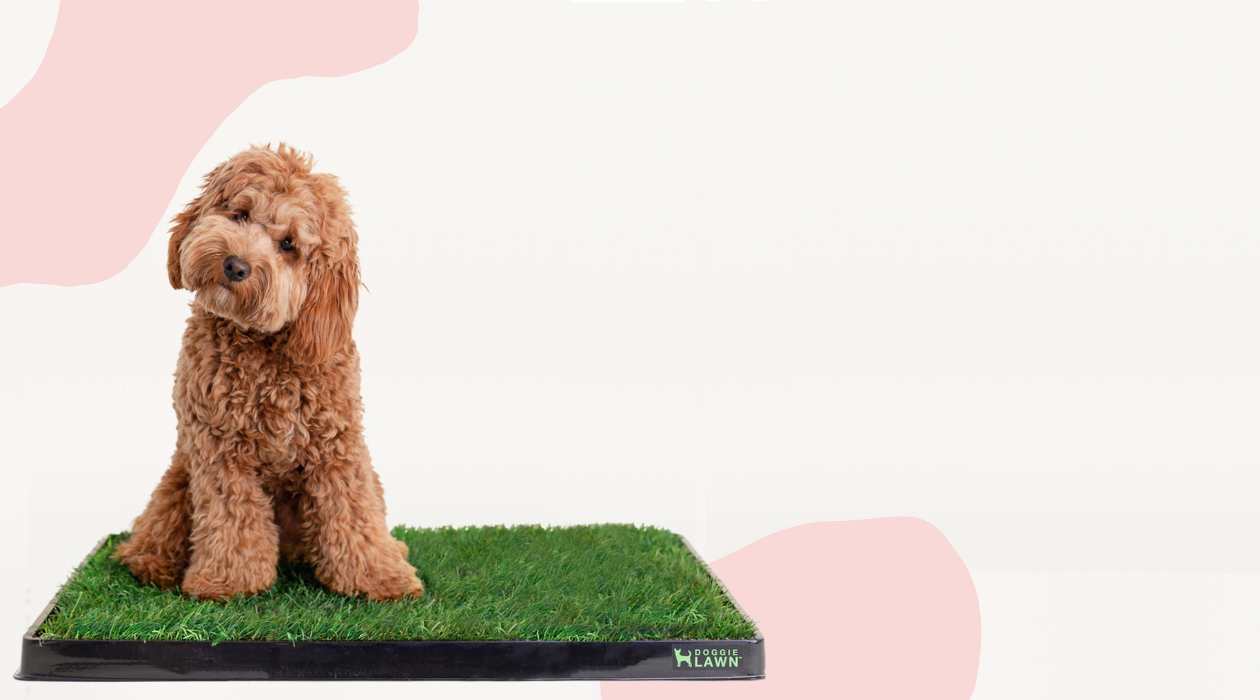

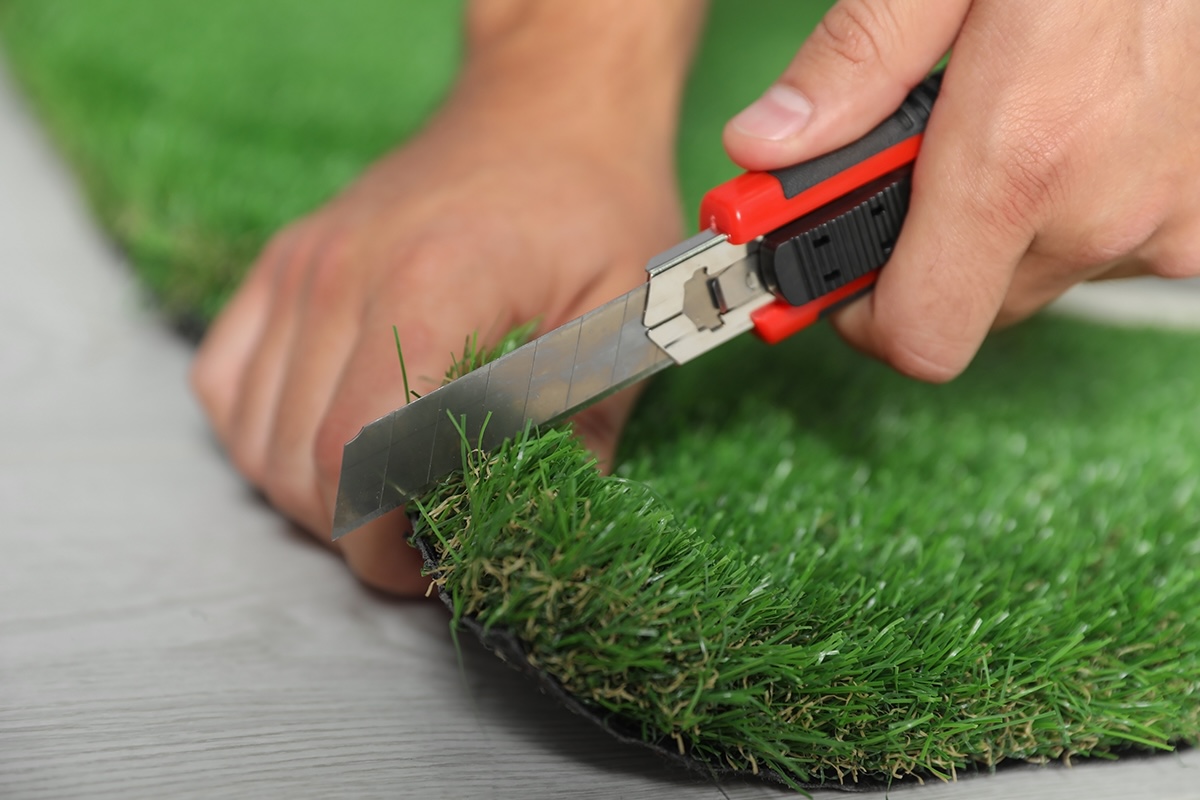
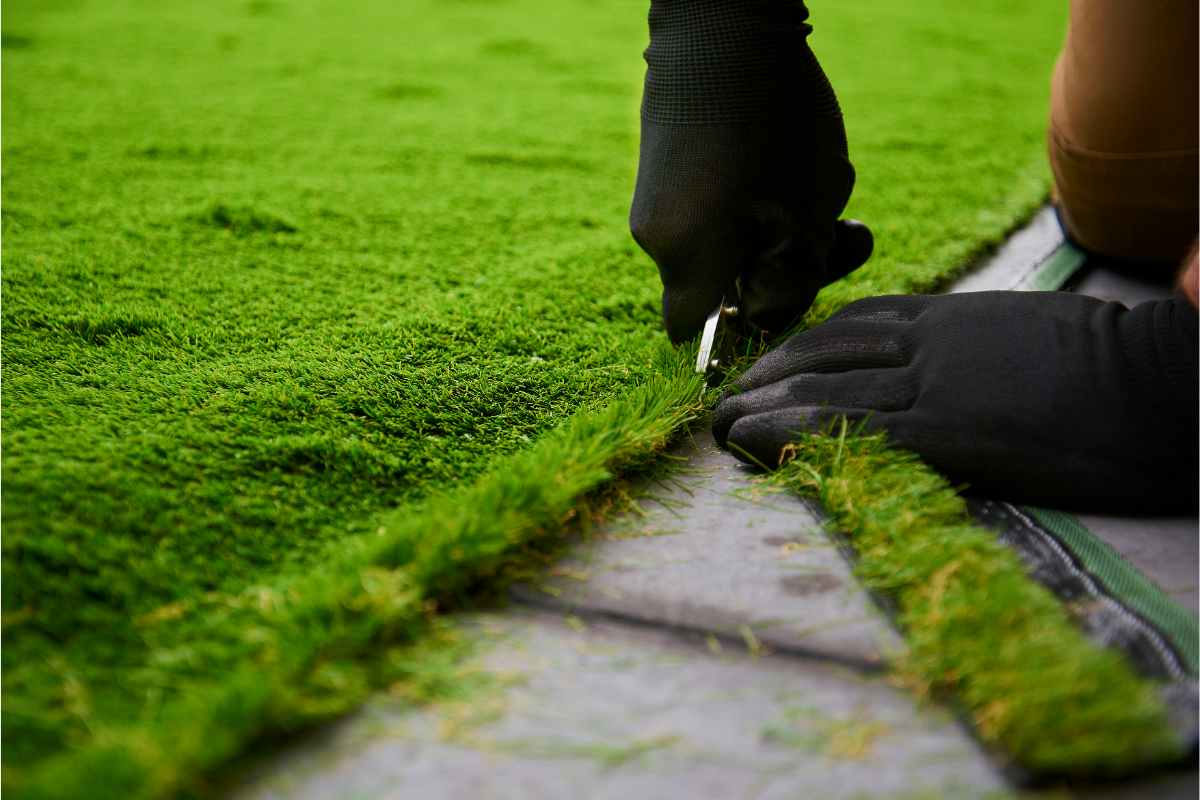
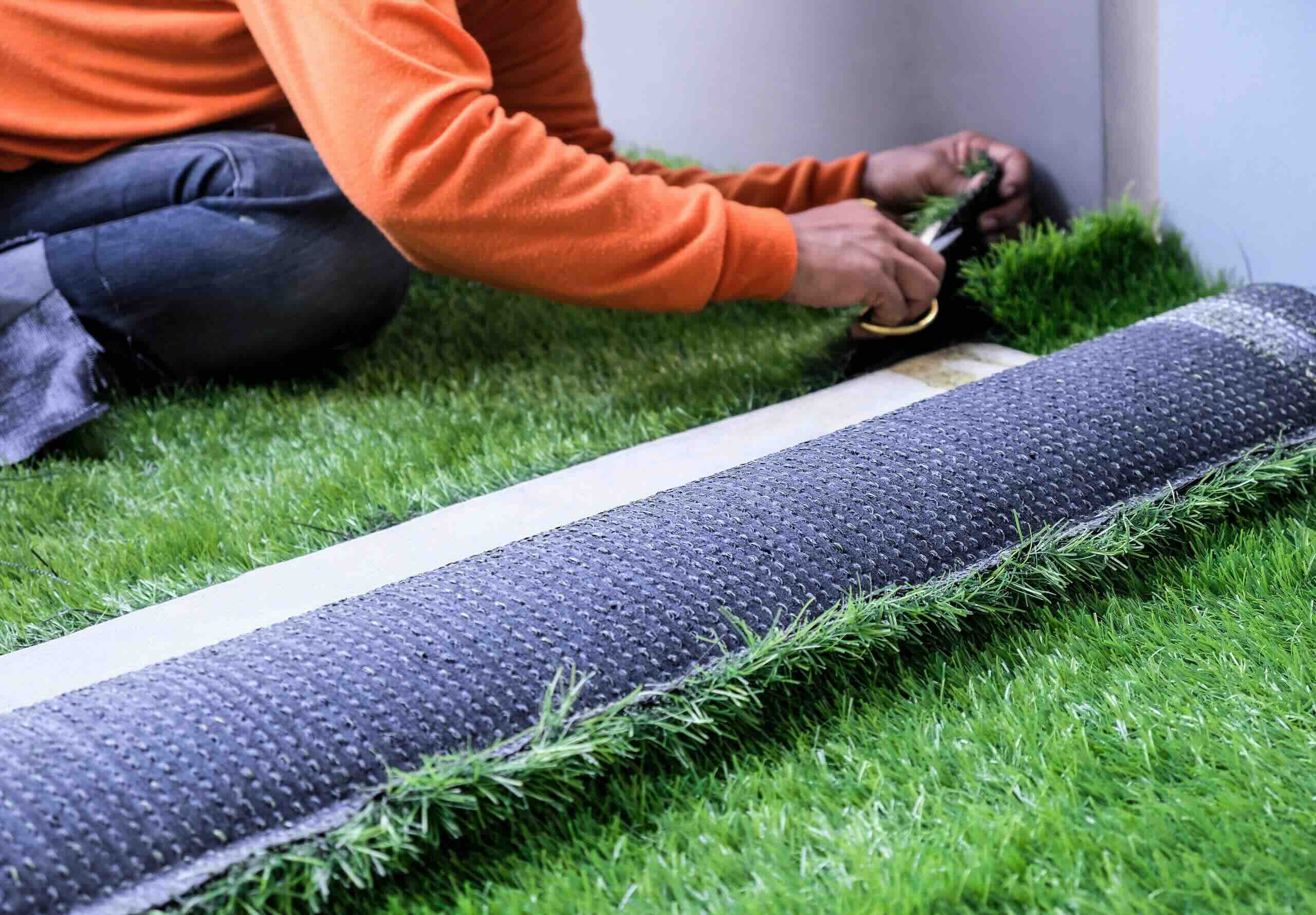
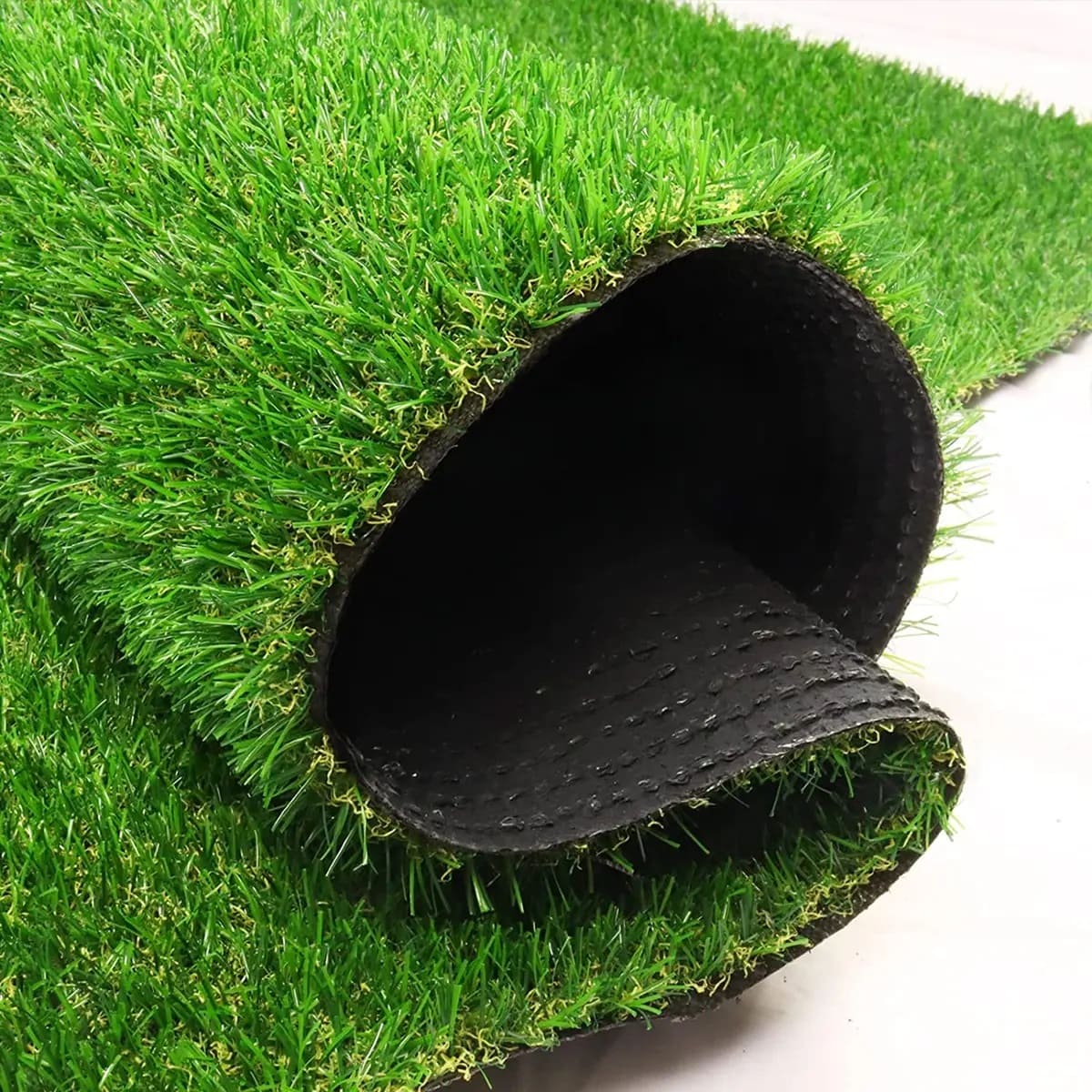
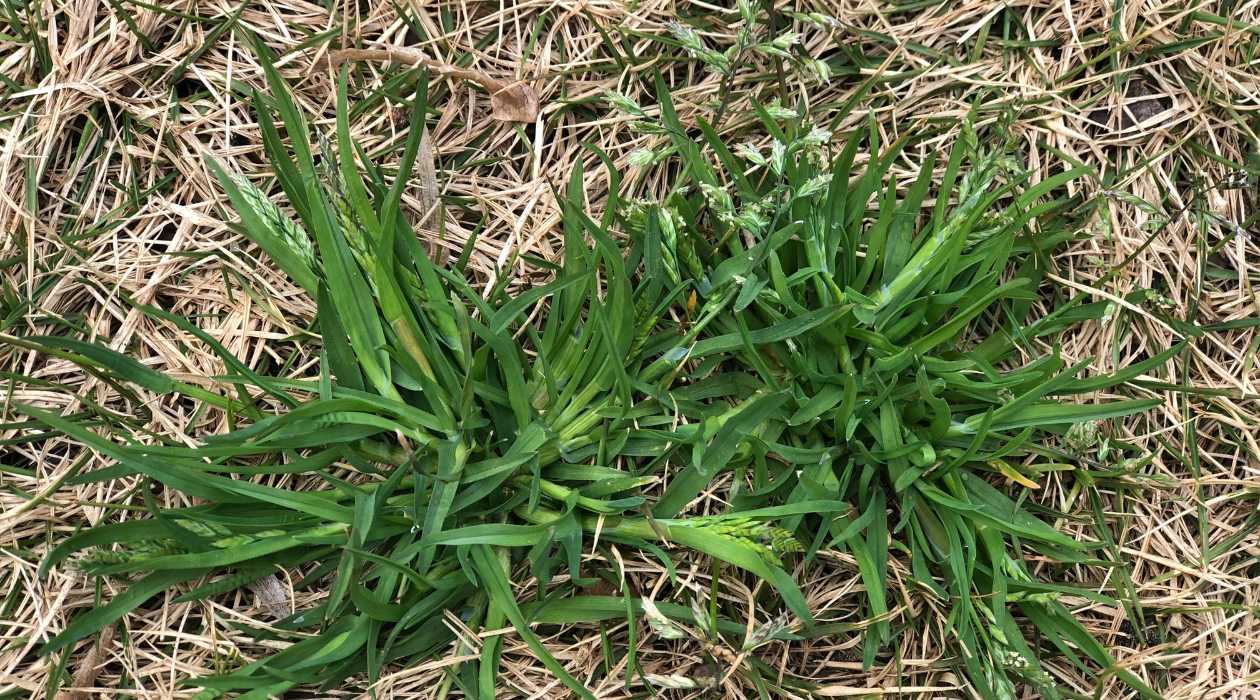
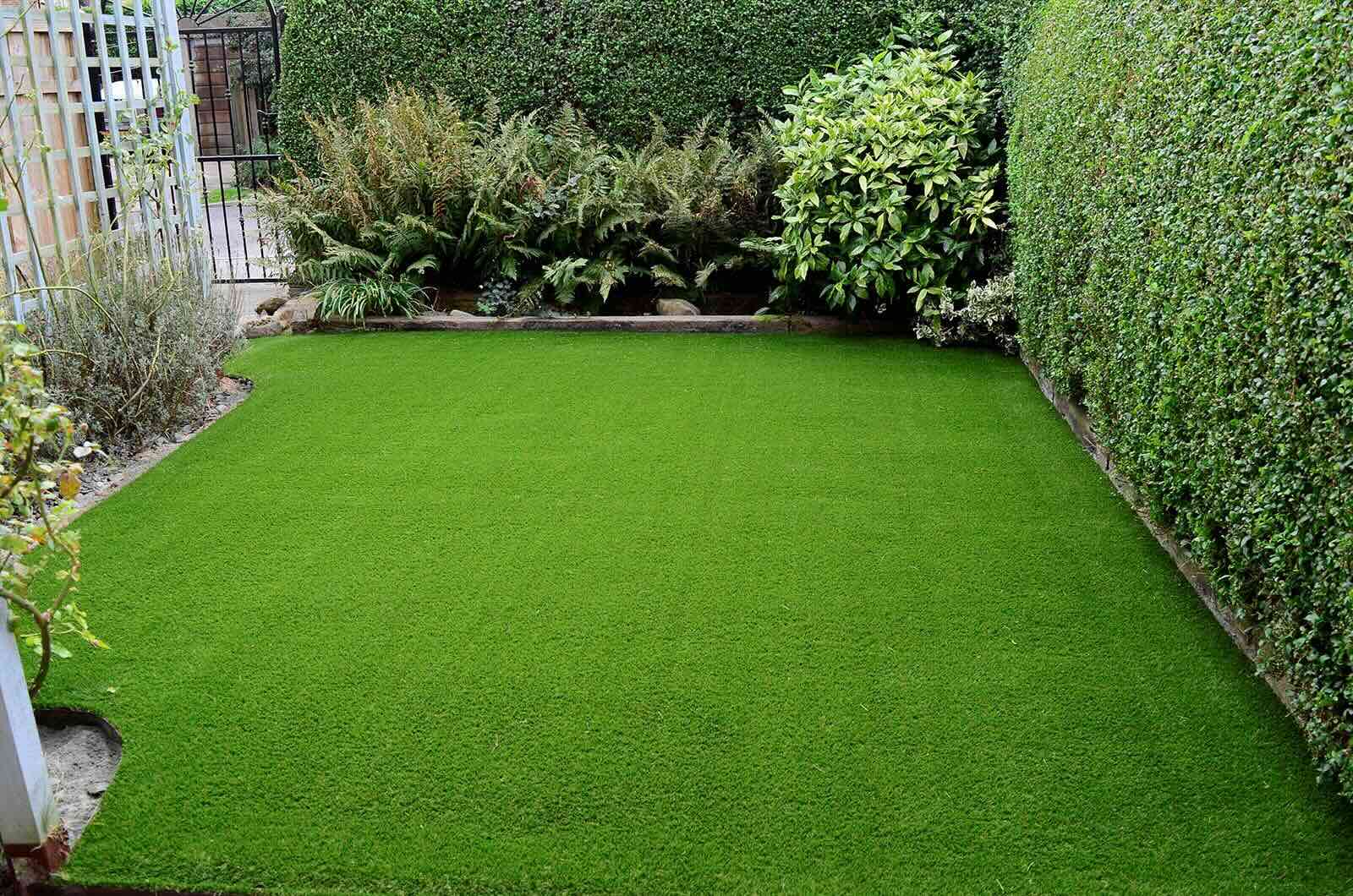

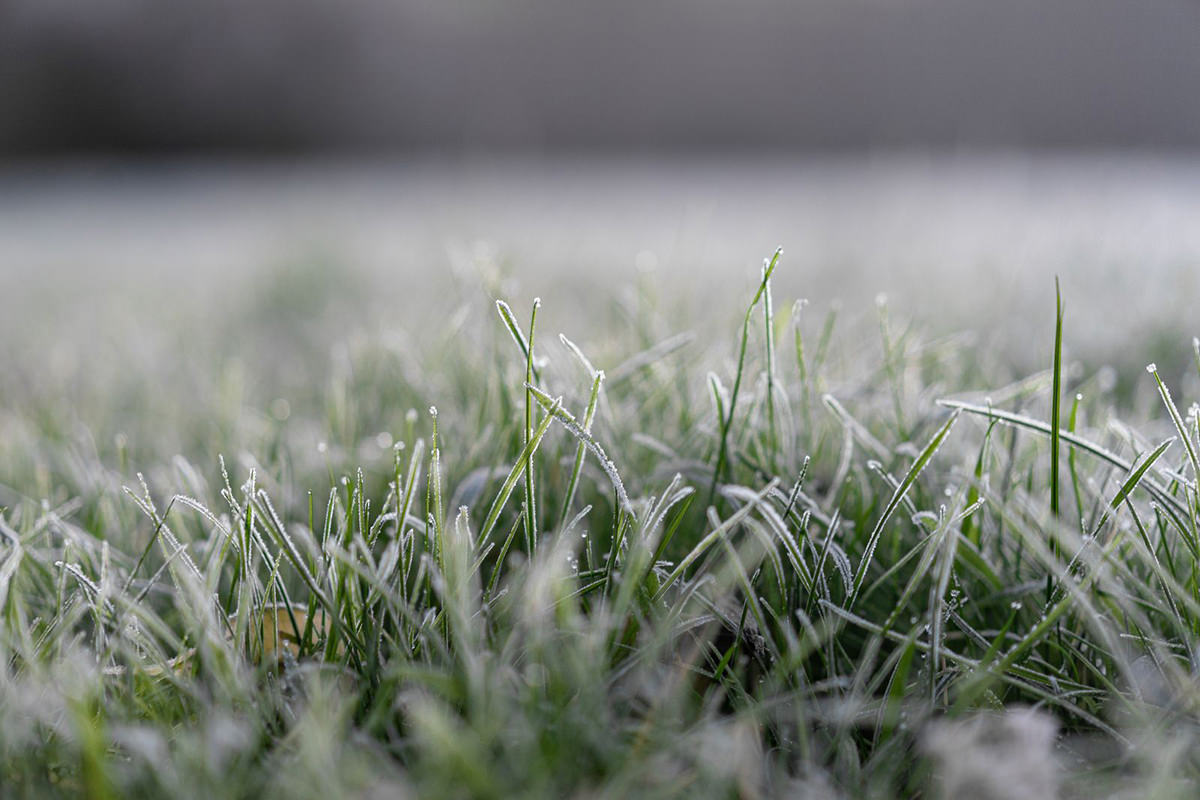
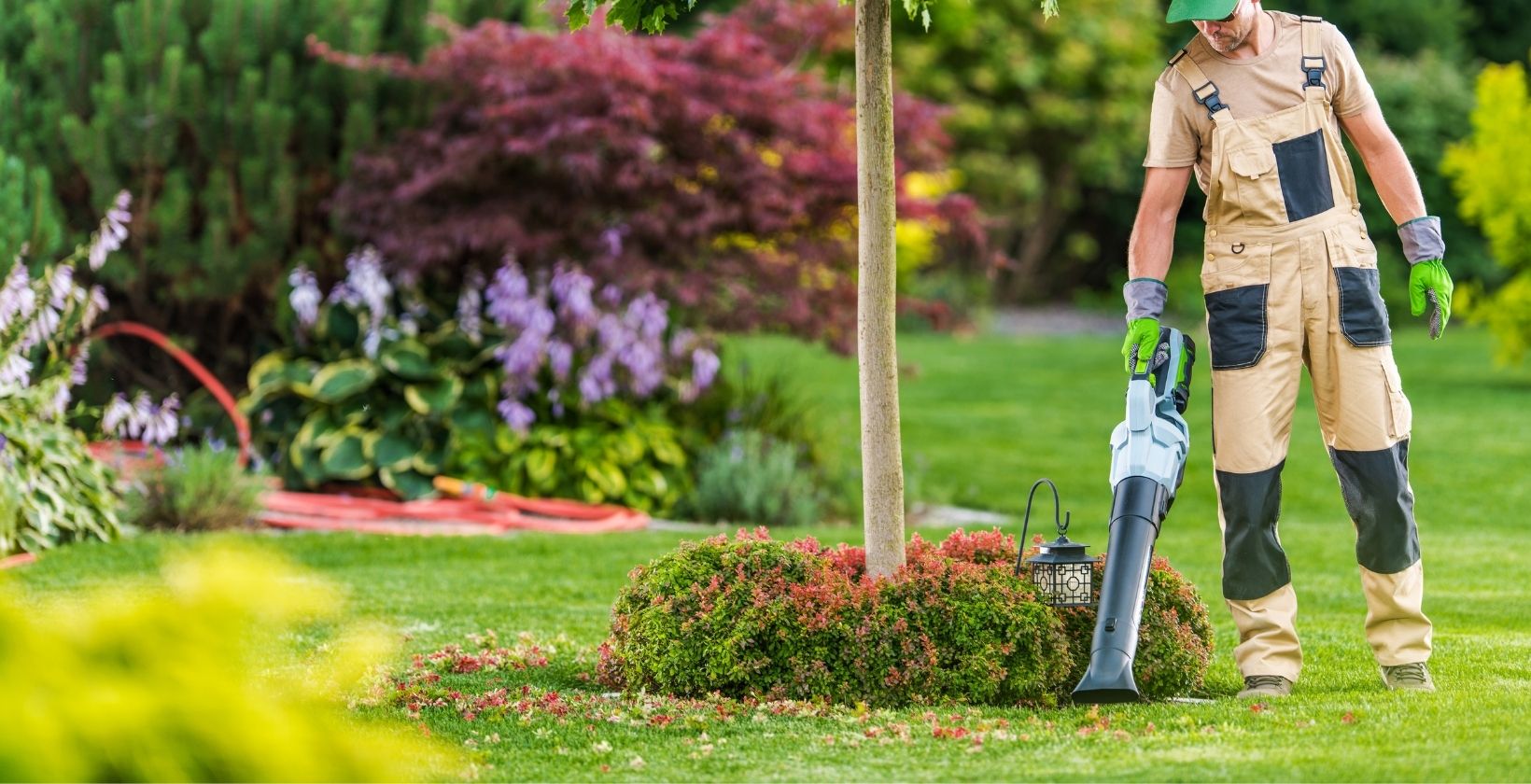
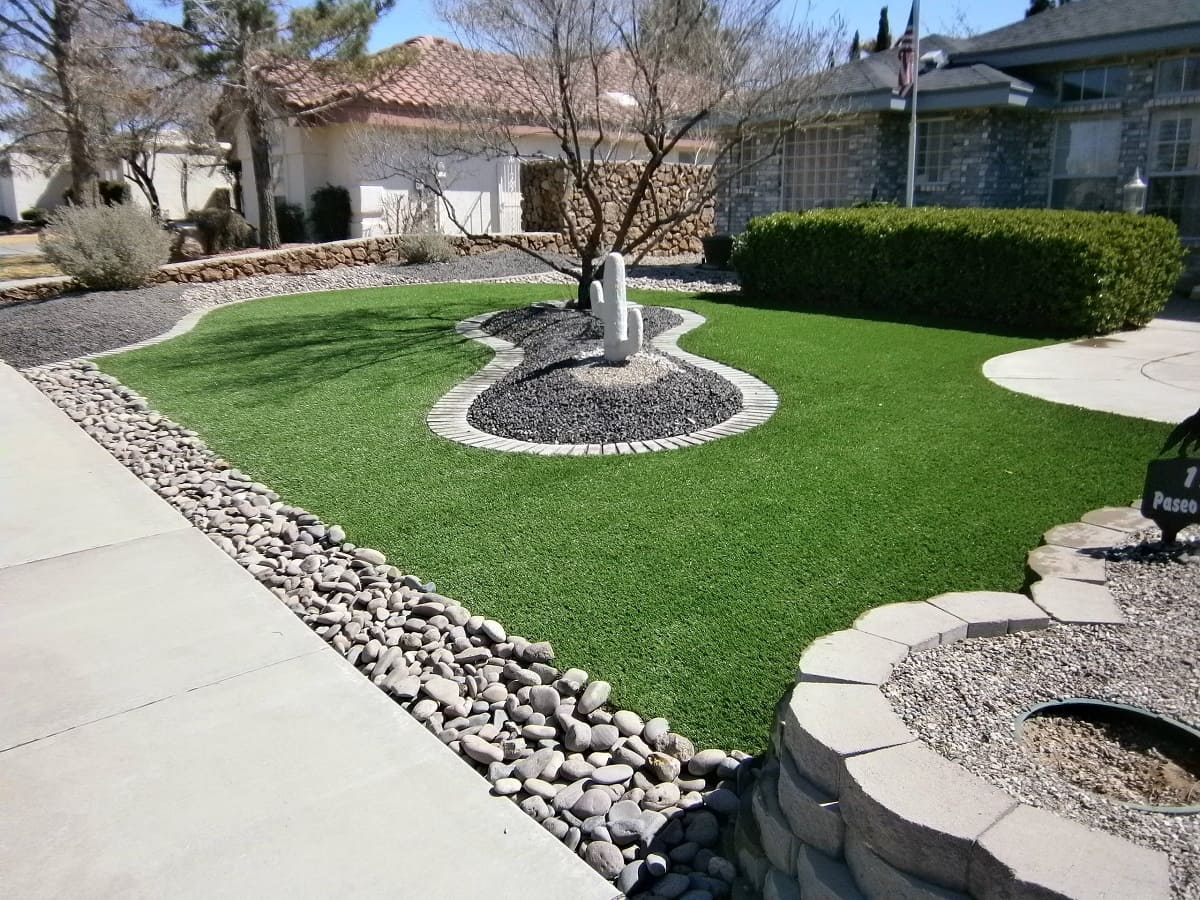
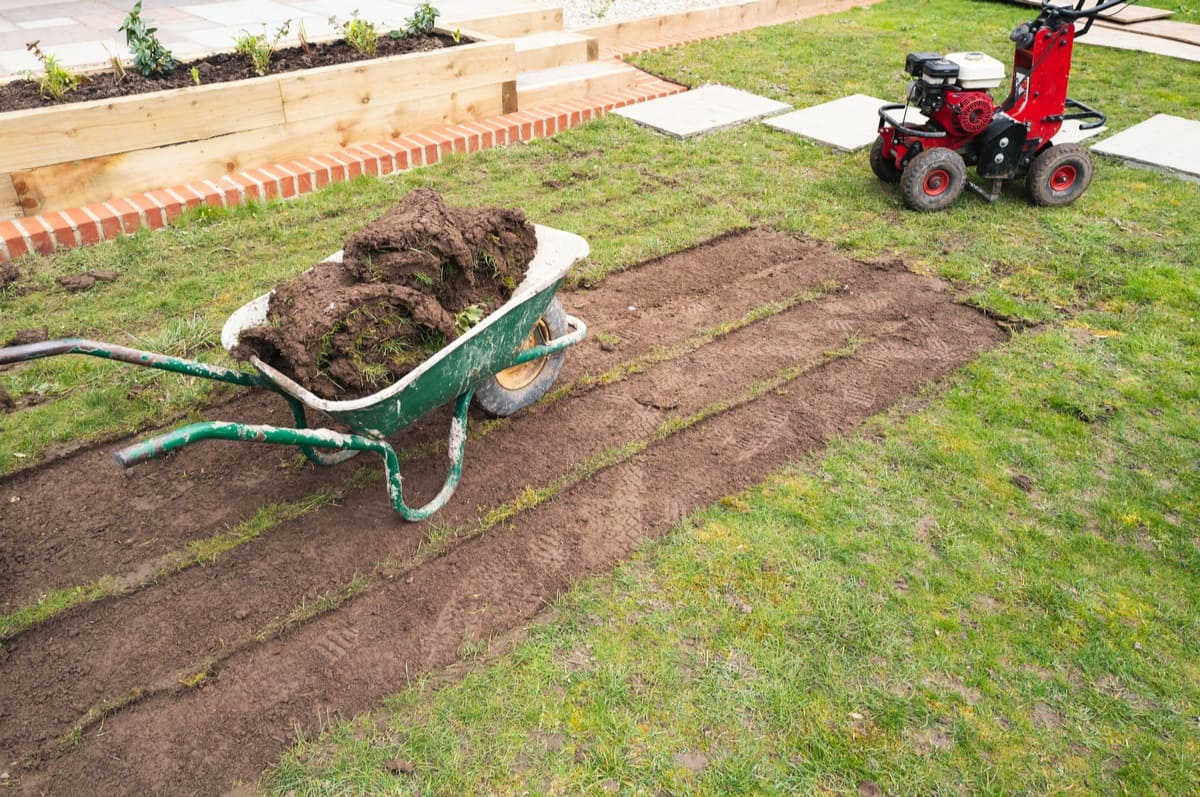

0 thoughts on “How To Clean Fake Grass In Areas With Freezing Winters”